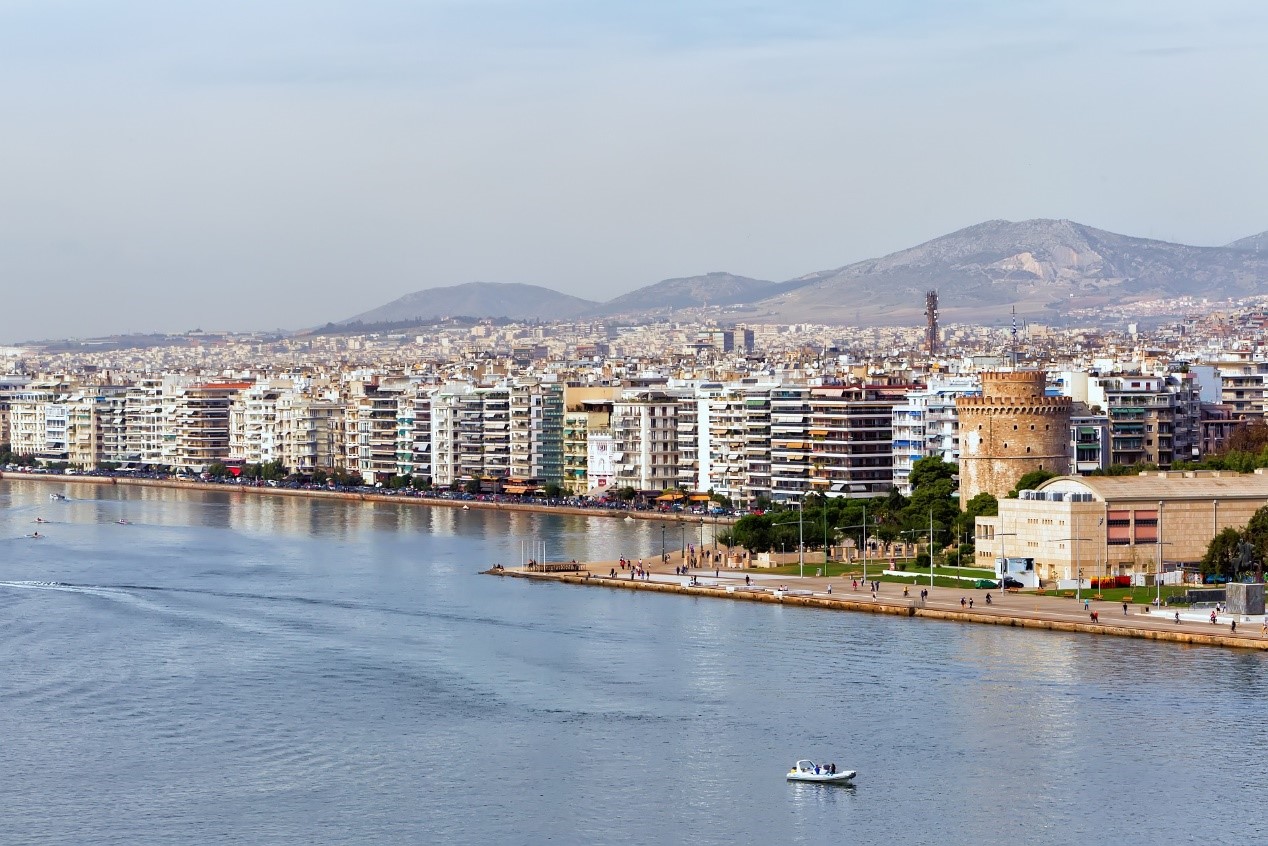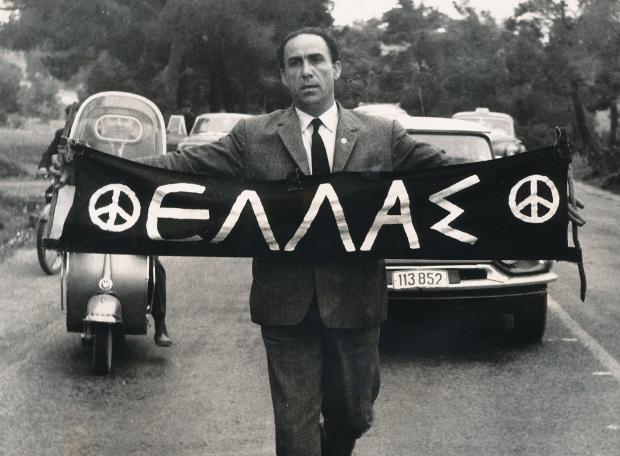Meeting the city
Cultural programme
Saturday 21 October 2023, 16:30-21:30
OPTION 1
Memories of a sensual city - A tour of the former Red Light District of Thessaloniki
From Ladadika to Vardaris Sq., we follow the traces of the sex workers who left their mark on the map of Salonica’s erotic topography. Having as our companions authors and poets of the 20th century, we approach the life, work, and habits of Thessaloniki’s former Red Light District people, who formed a diverse community that thrived from the end of the 19th century until the 1990s. The Great War, strange codes of communication, the fight for the rights of the Greek LGBTQ+ community, beauty contests of transgender persons, street prostitution, and the story of the “Bara’s King”, the greatest pimp of interwar Thessaloniki, constitute some of our stops in this -off the beaten track- walking tour of Thessaloniki.
Meeting point: Morichovou sq., Ladadika, 18:00. Check out the map!
Tour provided by: Thessaloniki Walking Tours

OPTION 2
Thessaloniki's stories told from the sea - Waterfront walk & boat trip
Thessaloniki Waterfront extends approximately 5 kilometers, stands between the city center and the Aegean Pelagos while framing the Thermaikos Gulf and the city’s amphitheatrical structure. It serves as a compass for moving around the town, being Thessaloniki’s southern border, providing a constant reference point on the city’s map. Starting from the west – Thessaloniki port - we will begin this tour on foot on the waterfront, passing by Aristotelous square and continuing up to the White tower (approximately 30’ walk) where we will embark a small boat named Arabella. Sailing in the Thermaikos gulf, we may view the city peripherally, enjoying the front’s scenery and architectural elements, which are only surpassed by the panoramic view of mount Olympus throughout it’s length.
Meeting point: Entance of Olympion building (10 Aristotelous sq.), 16:30. Check out the map!

OPTION 3
The Spectre of the People - Photo exhibition
As the spectre of populism stalks the Earth, artists have grappled with its myriad dimensions: how and if to represent ‘the people’ (should they be thought to exist), and to represent democratic power, the nature of charismatic leaders, and popular protest and insurgency. The media of the lens, woven tightly around the history of mass politics since its inception, have been a natural field for this artistic exploration, which is variously documentary, performative, satirical and conceptual.
In the presented works by 26 photographers and groups, we explore questions like: who are ‘the people’, can they be grasped visually, are they the source of hope or dread, how are they condensed in the figures of their would-be leaders, and how do they assemble and behave in political protest? Who stands - or is put - outside ‘the people’, in terms of rights, living conditions and representation? And how are the visual aspects of political performance employed in the political fallout, to right, left and otherwise, from the crisis of the neoliberal centre?
Like the phenomenon of populism, born out of profound political crisis, the exhibition has a global ambit, contrasting works from artists working in nations including Brazil, Greece, Hungary, India, Italy, the Philippines, Poland, Ukraine, the UK and the US. This only makes the elusive concept of populism as it spans both the left-right divide, and that between mass participation and authoritarian rule, harder to tie down.
MOMus-Thessaloniki Museum of Photography & MOMus-Experimental Center for the Arts (Warehouse A & B1, Pier A’, Thessaloniki Port), 19:00. Check out the map!
The guided tour will be led by the curator of the exhibition, Julian Stallabrass.
Organised by: MOMus-Thessaloniki Museum of Photography, Thessaloniki Photobiennale 2023

OPTION 4
A city where history is around the corner - A snapshot of political history & street concert
60 years ago, on May 27th 1963, the assassination of the Greek politician, prominent pacifist and athlete, Grigoris Lambrakis goes to the history books as one of the darkest pages of Greece’s modern political history. This tragic incident is a key moment of a turbulent political period that followed the Greek Civil War and led to a military dictatorship. It is also a ring in a chain of political assassinations after the murder of American journalist George Polk, that Thessaloniki carries as a burden even today. How does memory live on in the public space in a city where history is always around the corner? Maria Kavala, Assistant Professor of Modern History at the Aristotle University of Thessaloniki’s School of Political Science, will meet us at the memorial to Grigoris Lambrakis and will guide us to the site of the assassination as well as to the politically turbulent recent history of Greece.
After getting this snapshot of political history, the musical atmosphere of the time along with the various influences that shaped the musical identity of Thessaloniki will be brought to you by 'Roubayat', who present songs of yesterday and of today "for a society that is constantly changing, but always remains the same". 'Roubayat' is a musical group from Thessaloniki. It was formed in 2013 and since then it has been active both in and outside the city, with many live performances all over Greece. Based on polyphony, Roubayat attempt a modern interpretive approach to contemporary and traditional folk genre from a multitude of regions. The playful mood of the flute in combination with the interesting harmonies of the lute or guitar, together with the dynamic presence of traditional and modern percussion instruments, compose a special and interesting musical result.
Grigoris Lamprakis monument, 2 Spandoni st., 20:30. Check out the map!
Roubayat members: Thanasis Tsolakis - percussion, voice, Yannis Tsiatsos - guitar, lute, voice, Stavros Tsolakis - flutes, voice

